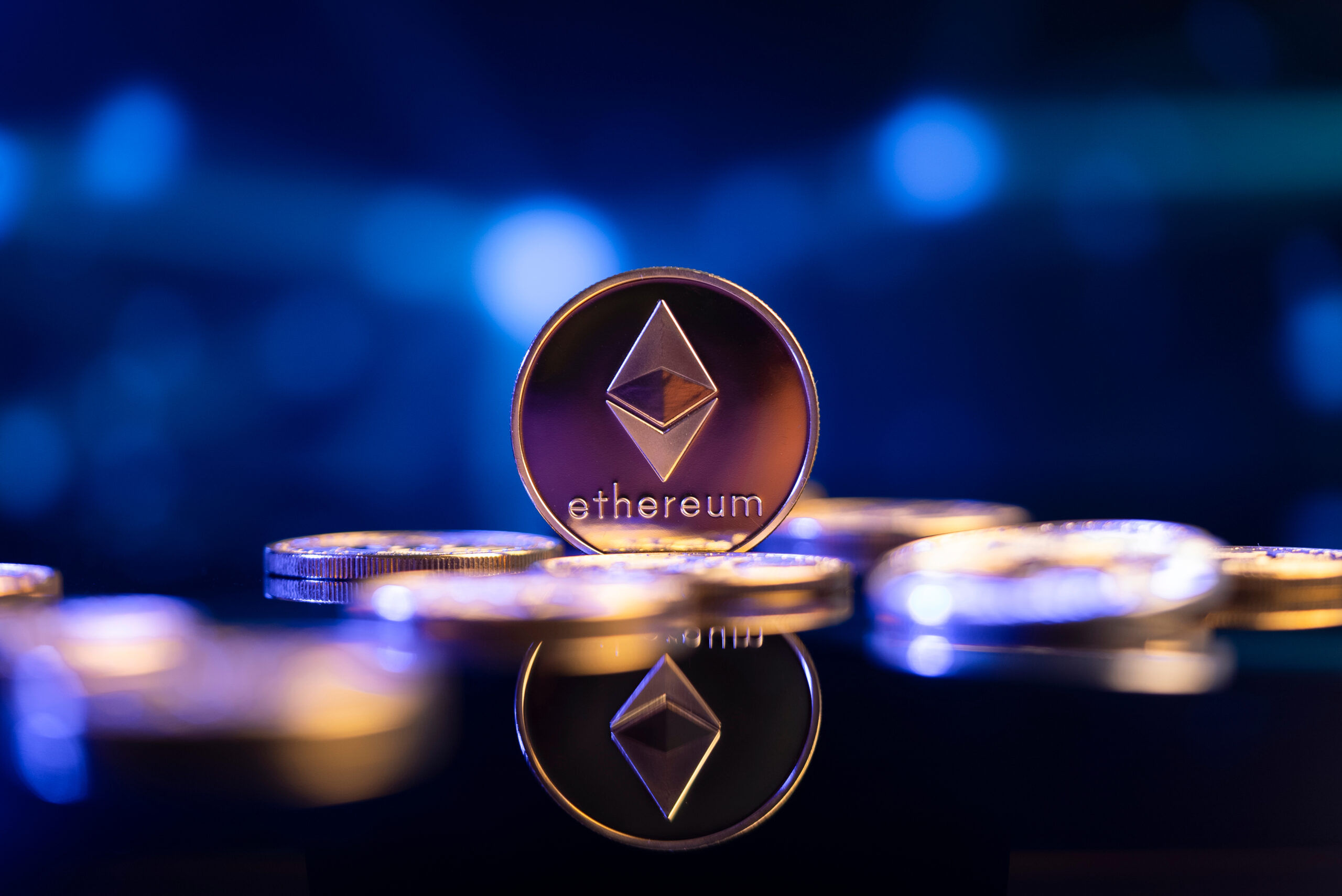- The Ethereum network has finally completed its long-awaited merge process.
- That saw it ditch the Proof of Work consensus mechanism for Proof of Stake.
- This shift introduced many changes in the network, including a reduction in its security cost.
The Ethereum network has undergone many changes in its short history. The latest and most momentous of these changes is the transition from Proof-of-Work (PoW) to Proof-of-Stake (PoS). This change, completed on September 15th, ushered in a new era for Ethereum.
Under PoW, the network rewarded miners for verifying transactions and adding them to the blockchain. This process is expensive in terms of electricity costs and the hardware a miner needs to validate those transactions. PoS, by contrast, rewards those who hold onto Ethereum tokens. To validate a transaction, the holder must put up a stake equal to or greater than the transaction’s value.
Dropping Block Rewards
The network switched to PoS to reduce the network’s security expenses, among other reasons. BanklessTimes.com has presented data showing that under PoW, the daily block rewards were roughly 13,500 ETH. But following the transition to PoS, that number has dropped by 85% to nearly 2,000 ETH.
BanklessTimes CEO Jayson Andrews has shared his thoughts on the development. He said,
BanklessTimes CEO, Jayson AndrewsThe Merge will see the cost of securing the ETH networks dropping from the roughly 4.85M ETH it cost under PoW to about 600K ETH under PoS. This shift is positive for the network in that it significantly cuts the amount of new ETH entering circulation consequently shoring up the network’s deflationary credentials.
What are the Benefits of the Ethereum Merge?
Proponents of the ETH Merge hold that it’ll make ETH more secure. That’s because users will be required to stake 33 ETH or roughly $55,000 to validate transactions on the blockchain. That’s a steep price to pay for anyone with devious intentions.
Additionally, it will be difficult to pull an attack unless the attacker controls at least 51% of the staked ETH and a similar proportion of the nodes. Any bad act will slash that validator’s stake, requiring them to stake even more ETH if they’re to pull off their heist.
Cutting Ethereum’s Carbon Footprint
The Merge will increase Ethereum’s energy efficiency. This is a critical development for the platform, which has come under fire in recent years for its high carbon emissions.
Under PoW, its carbon emissions were at par with Singapore, and its energy needs matched that of the Netherlands. But following the shift to PoS, Ethereum’s carbon footprint will fall by over 99%, making the platform more attractive to environmentally conscious investors.
Sharding Will Scale ETH’s Operations
One of the challenges facing Ethereum is scalability. Under the PoW consensus, the Ethereum network could only handle a limited number of transactions per second. However, the Merge has paved the way for the implementation of sharding.
Sharding is a method of dividing the blockchain into smaller pieces or shards so that nodes can process each shard independently. With sharding, Ethereum will be able to handle more transactions than ever before, making it a more viable platform for applications and businesses.
Building on the Merge
In just a few short weeks, the Ethereum network will still undergo a significant upgrade. This time, it’s being called the Shanghai upgrade, and it’s aimed at addressing three critical issues that have been plaguing the network.
Enhancing Transaction Speeds
The first change is in the Ethereum Virtual Machine (EVM) object format, which should help to speed up transaction processing times. The second change is in Beacon Chain withdrawals, which will help to reduce congestion on the network.
And finally, the third change is a reduction in L2 fees, which will make it more affordable for users to transact on Ethereum. All in all, these are much-needed changes that should help to improve the overall experience for users on Ethereum.
The Shanghai upgrade introduces the EVM object format, also known as EIP-3540. This update will separate the network’s code from its data, an extremely beneficial move for the on-chain validators. Besides the separation, EIP-3540 introduces a new contract code section that helps resolve complex features, including Account Abstraction, EIP-3074, and control flow in EVM.
Addressing Ethereum’s High Gas Prices
The Shanghai upgrade is also bringing several changes that should help to address the high gas prices on the Ethereum network. One of the most significant changes is to the block size, which it will equalize across all blocks.
This update will also increase the CALLDATA function, crucial to lowering gas costs. These changes should help make Ethereum more affordable for users and encourage widespread adoption.
In addition, the Shanghai update will address the Beacon chain withdrawal delay issue. Currently, validators can’t withdraw their staked ETH, but this upgrade should resolve this issue.












